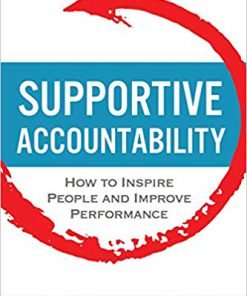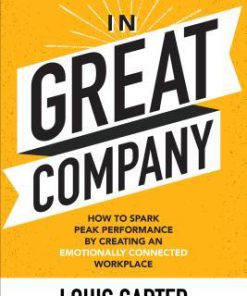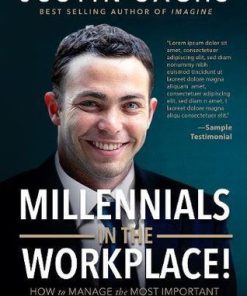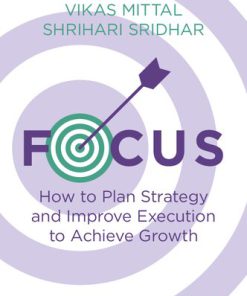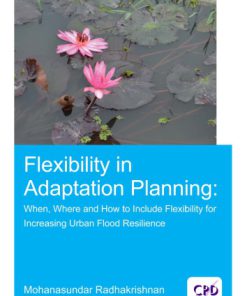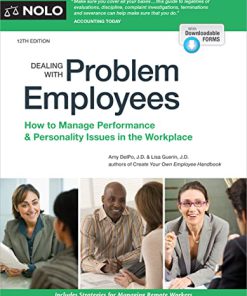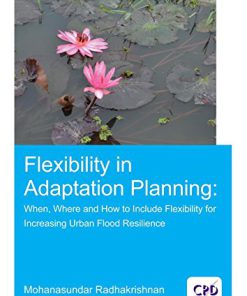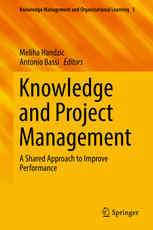Flexible Working How to Implement Flexibility in the Workplace to Improve Employee and Business Performance 1st Edition by Gemma Dale 1789665901 9781789665901
$50.00 Original price was: $50.00.$25.00Current price is: $25.00.
Flexible Working: How to Implement Flexibility in the Workplace to Improve Employee and Business Performance 1st Edition by Gemma Dale – Ebook PDF Instant Download/DeliveryISBN: 1789665901, 9781789665901
Full download Flexible Working: How to Implement Flexibility in the Workplace to Improve Employee and Business Performance 1st Edition after payment.
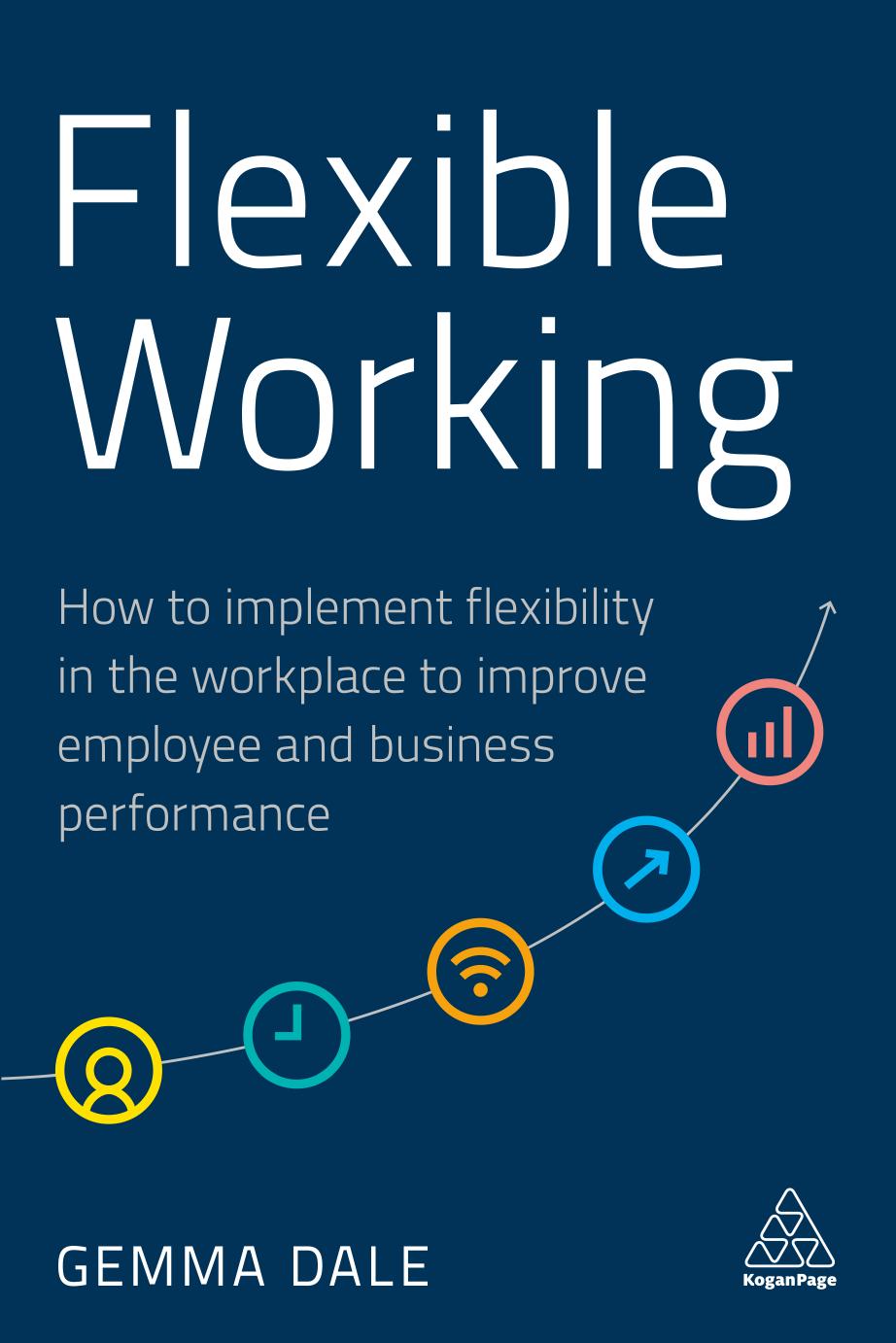
Product details:
ISBN-10 : 1789665901
ISBN-13 : 9781789665901
Author: Gemma Dale
SHORTLISTED: Business Book Awards 2021 – HR & Management Category DISTINGUISHED FAVOURITE: Independent Press Awards 2021 – Business General Category Flexible working is now a key concern for many employees. It spans genders, ages and family circumstances, with 37% of millennials declining a job offer if working flexibly isn’t an option and 78% of employees over 50 wanting more flexible hours. Flexible Working is a practical guide for HR practitioners showing how to develop an effective flexible working strategy to meet the needs of employees and the needs of the business. This book explains how to develop effective flexibility policies and processes as well as how to communicate and train line managers on these practices. It also includes advice on how to overcome barriers to flexible working, dispels common myths and offers guidance on the different forms of flexible working available to organizations. Flexible Working shows that working practices outside the standard 9-5, five-days-a-week in the office can benefit a company. It drives employee engagement and performance, reduces costs and workplace stress and improves talent acquisition from a more diverse talent pool. It also explains how a proactive flexible working strategy can have sustainability benefits and reduce a company’s carbon footprint. Including case studies from organizations such as Zurich Insurance, and supported by rigorous analysis of flexible working data, this is essential reading for all HR professionals.
Flexible Working: How to Implement Flexibility in the Workplace to Improve Employee and Business Performance 1st Table of contents:
Part One The case for flexibility
01 Flexible working
What is flexible working?
Forms of flexible working
Alternative forms of flexible working
Formal vs informal working patterns
Flexible working and the law
Demand and availability
Key takeaways
References
02 The benefits and challenges of flexible working
Headlines from flexible working research
Talent
Recruitment
Retention
Employee engagement
Performance
Cost savings
Sustainability
Challenges
Key takeaways
References
03 Flexible working and the future of work
The big trends
Changing demographics and multiple generations
Technology
Globalization
Key takeaways
References
04 Flexible working and inclusion
Gender
Gender pay gap
Fathers and flexible working
Employees with disabilities
Carers
Older workers
Menopause
Key takeaways
References
05 Flexible working and wellbeing
What is wellbeing?
Benefits of workplace wellbeing
Stress and mental health
Commuting
Work–life balance
Wellbeing conclusions
Key takeaways
References
06 Exploring flexible working myths
The ideal worker
The 9 to 5 default model
Other myths
Key takeaways
References
07 The barriers to flexible working, and how to overcome them
Organizational culture
Framing
Managers
The flexibility stigma
Colleagues
Consistency of policy application
Human resources
The statutory framework
Technology
Key takeaways
References
Part Two Introducing flexible working: The practical guide
08 From compliance to culture: Six elements of a truly flexible workplace
The six elements
Changing culture
Next steps
Key takeaways
References
09 Developing a strategy for flexible working
Step One: Determining the flexible working strategy
Step Two: Senior leaders
Step Three: Goals
Step Four: Operational planning
Step Five: Getting ready for launch
Next steps
Key takeaways
References
10 Effective policy and process
Preparation for policy development
Policy: Decision-making
Localized rules
Family policies
Supporting guidance
Next steps
Key takeaways
Reference
11 Supporting implementation
Communication
Promotion
Manager training
Measuring progress and success
Next steps
Key takeaways
References
12 Conclusions
Key takeaways
Final thoughts
References
13 Flexible working toolkit
Next steps
Epilogue: Flexible working post Covid-19
References
People also search for Flexible Working: How to Implement Flexibility in the Workplace to Improve Employee and Business Performance 1st:
how to improve flexibility in the workplace
how to implement a flexible work schedule
how to improve flexibility skills at work
implementing flexible work arrangements
a flexible work schedule is a
Tags: Flexible Working, Implement Flexibility, Workplace, mprove Employee, Business Performance, Gemma Dale
You may also like…
Business & Economics - Management & Leadership
Relationships & Lifestyle - Diet & Nutrition
Business & Economics - Responsibility and Business Ethics
Business & Economics - Responsibility and Business Ethics
Millennials In the Workplace How to Manage the Most Important Workplace Transition Justin Sachs
Business & Economics - Sales & Marketing
Business & Economics




